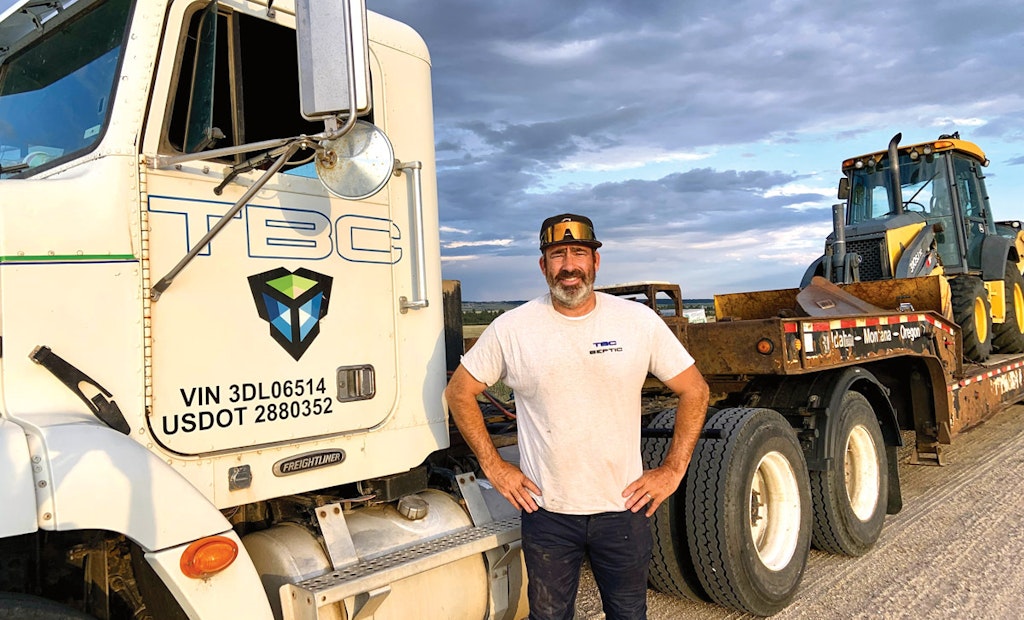Name and title or job description: Clint Britt, owner/operator
Business name and location: The Britt Company, doing business as TBC Septic, Elizabeth, Colorado
Services we offer: We are licensed in seven counties to do septic design, installation, inspection and repair, as...






